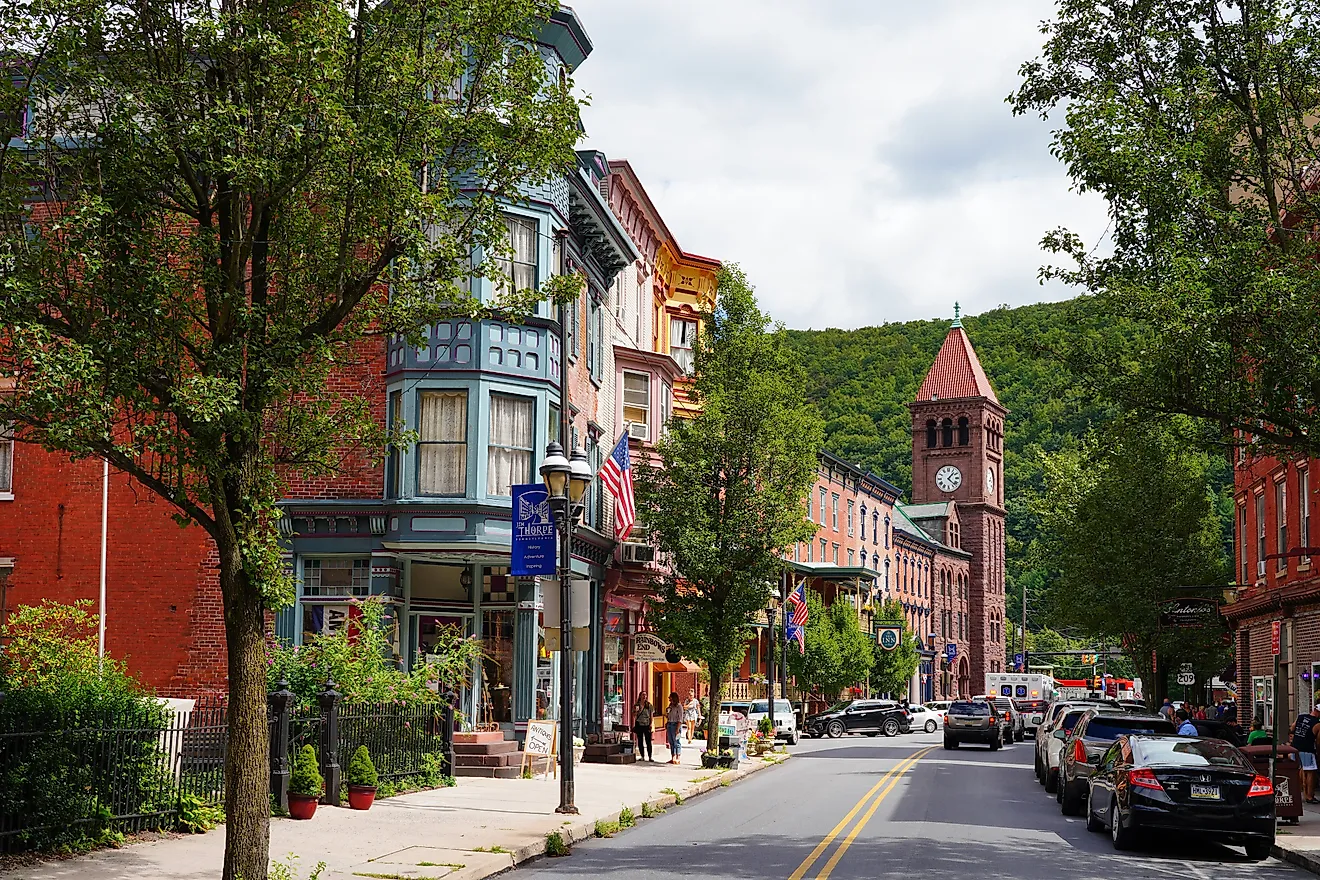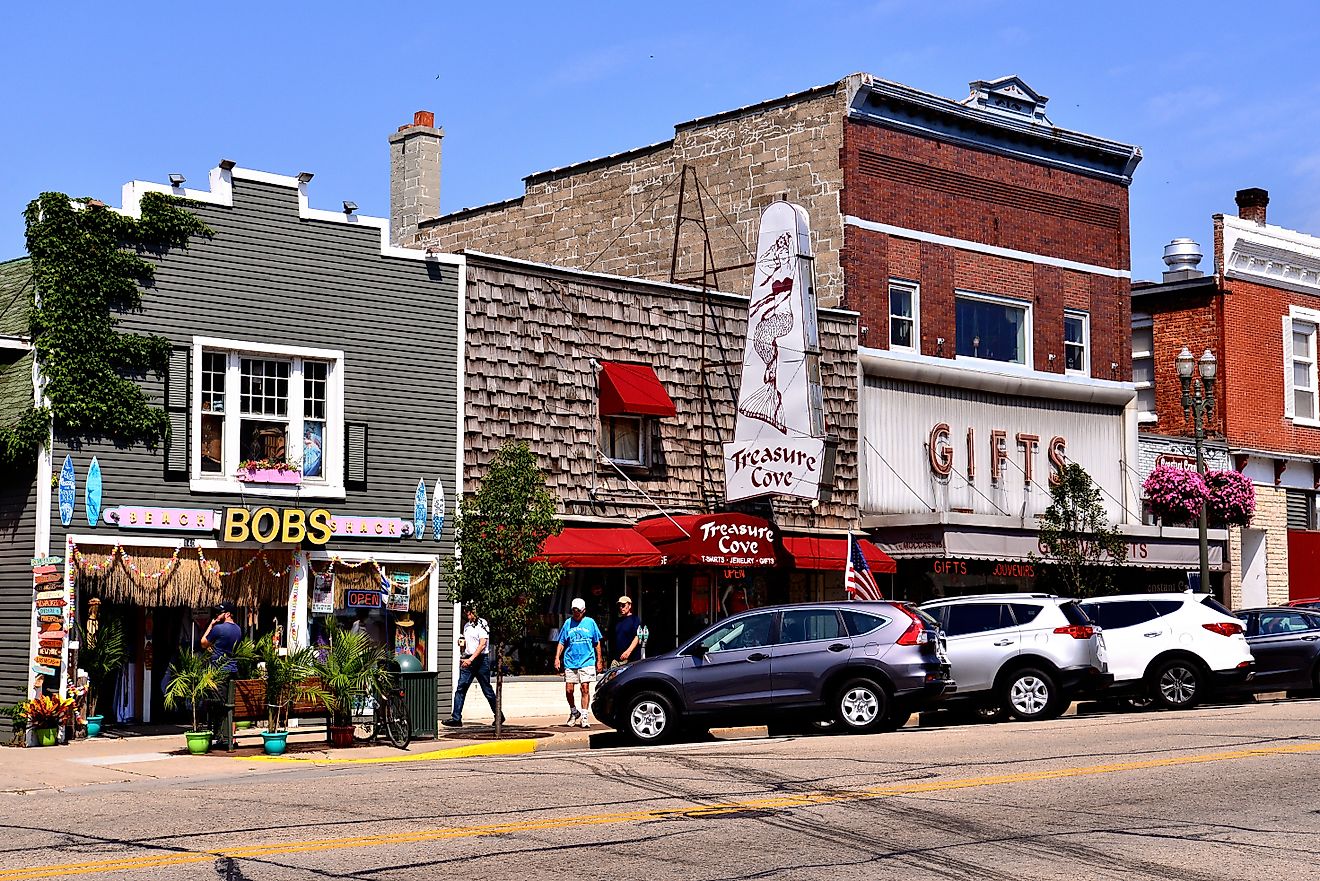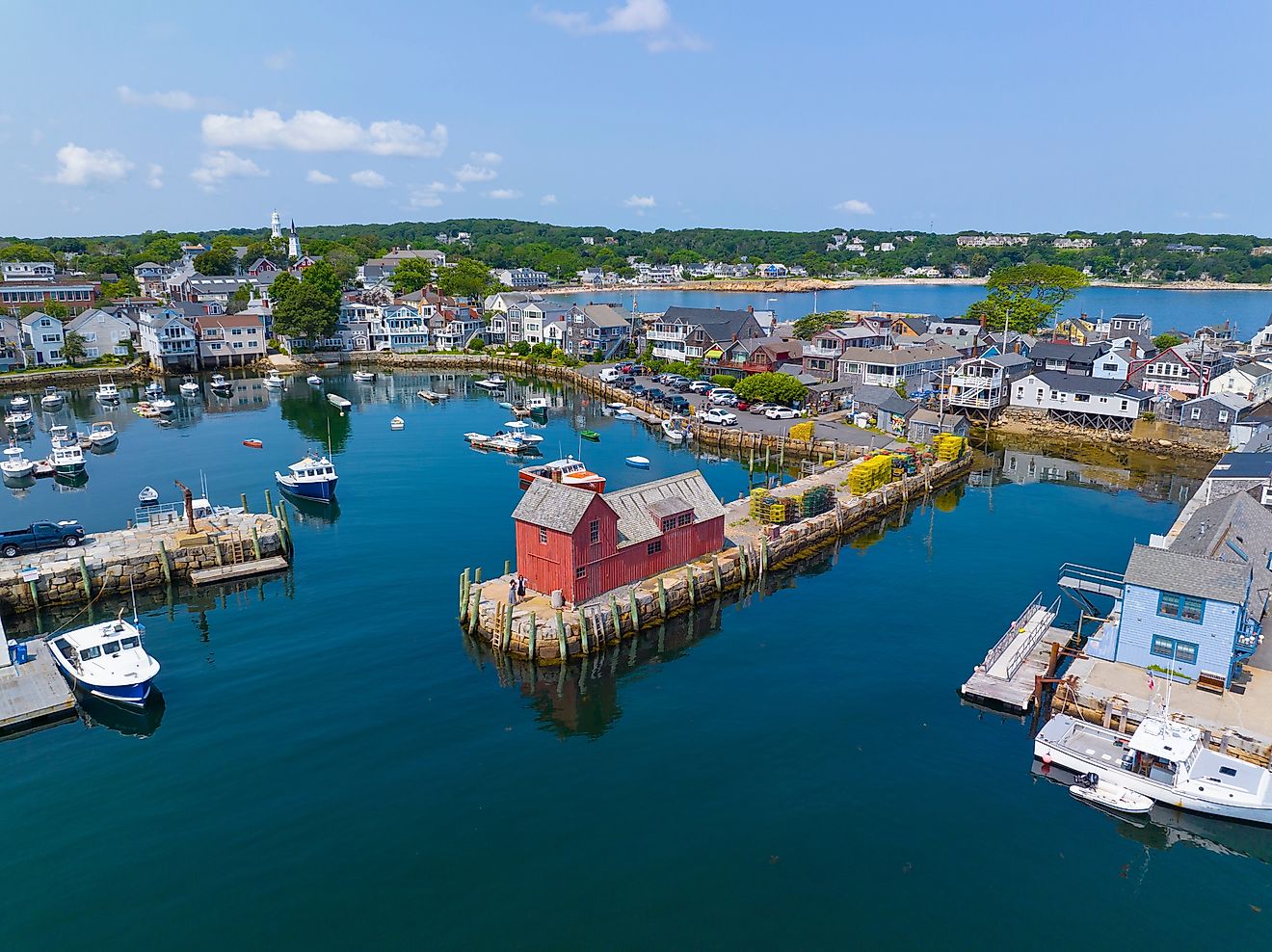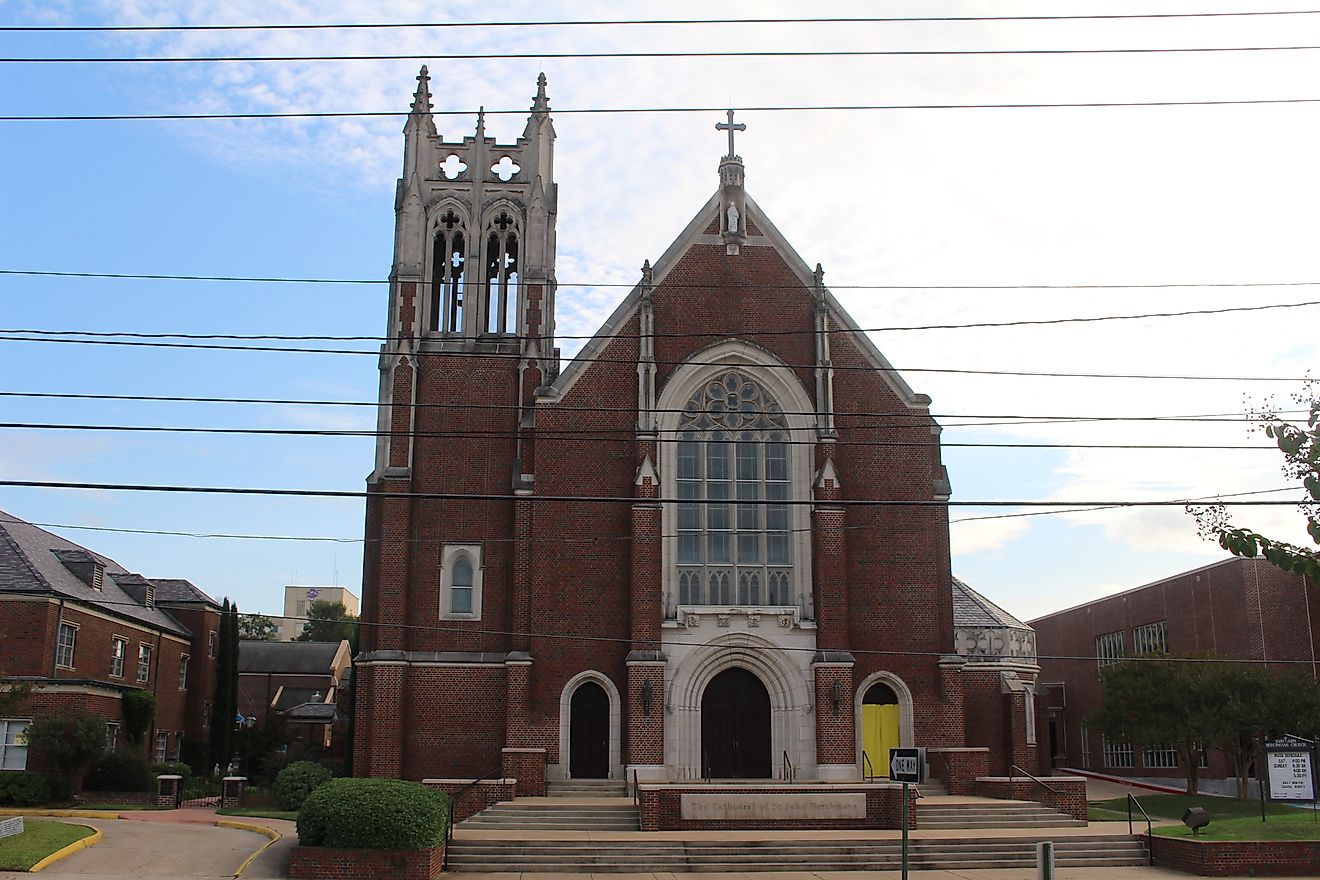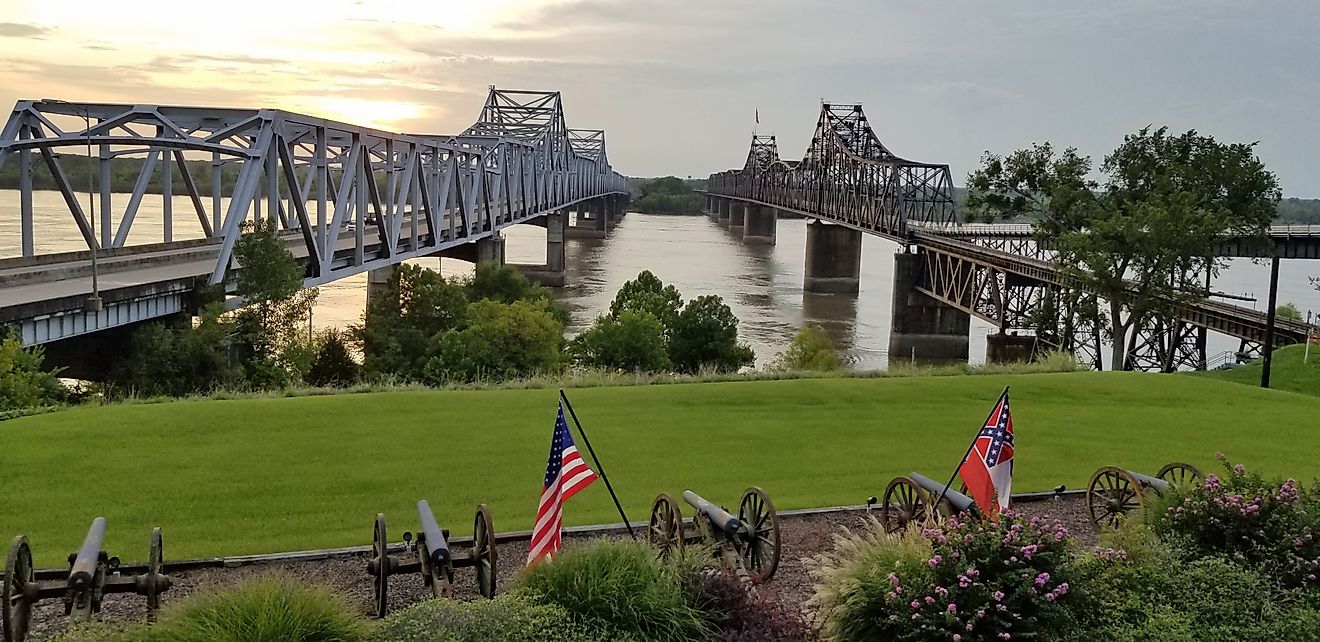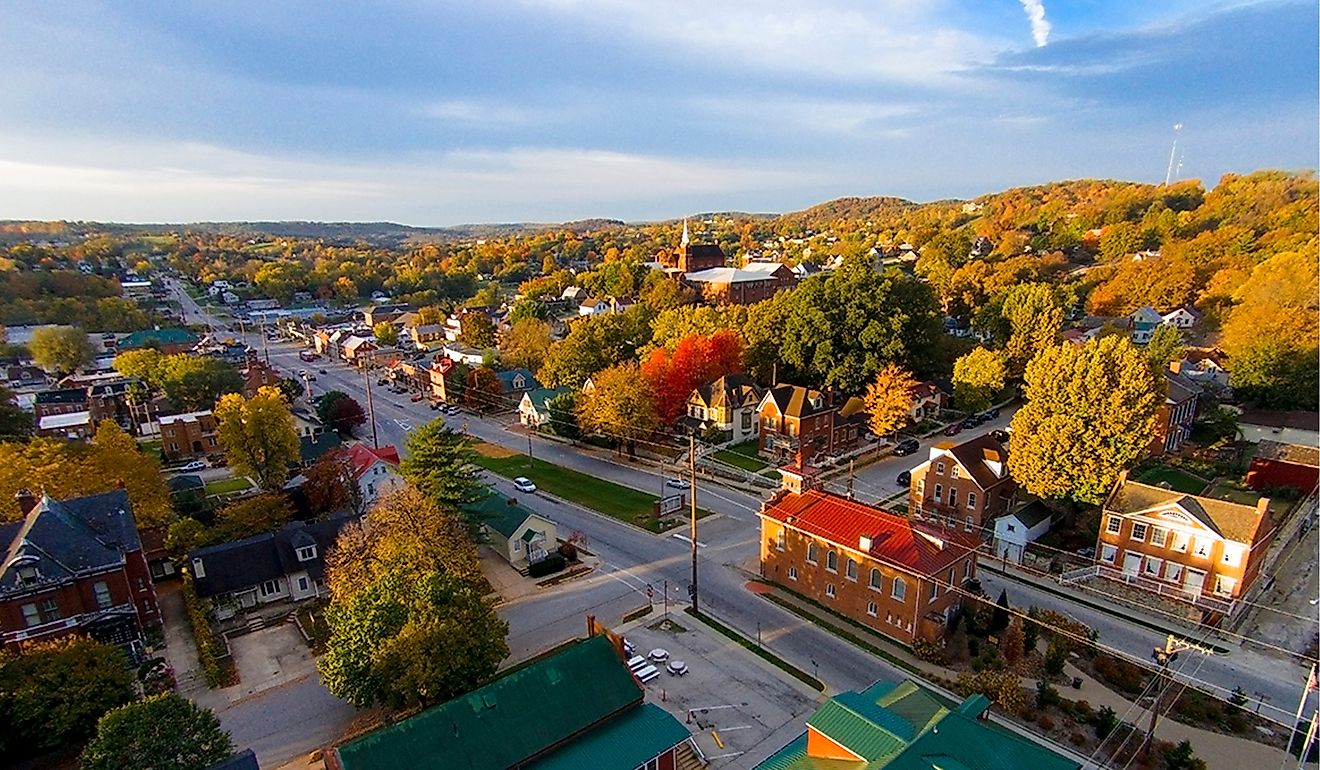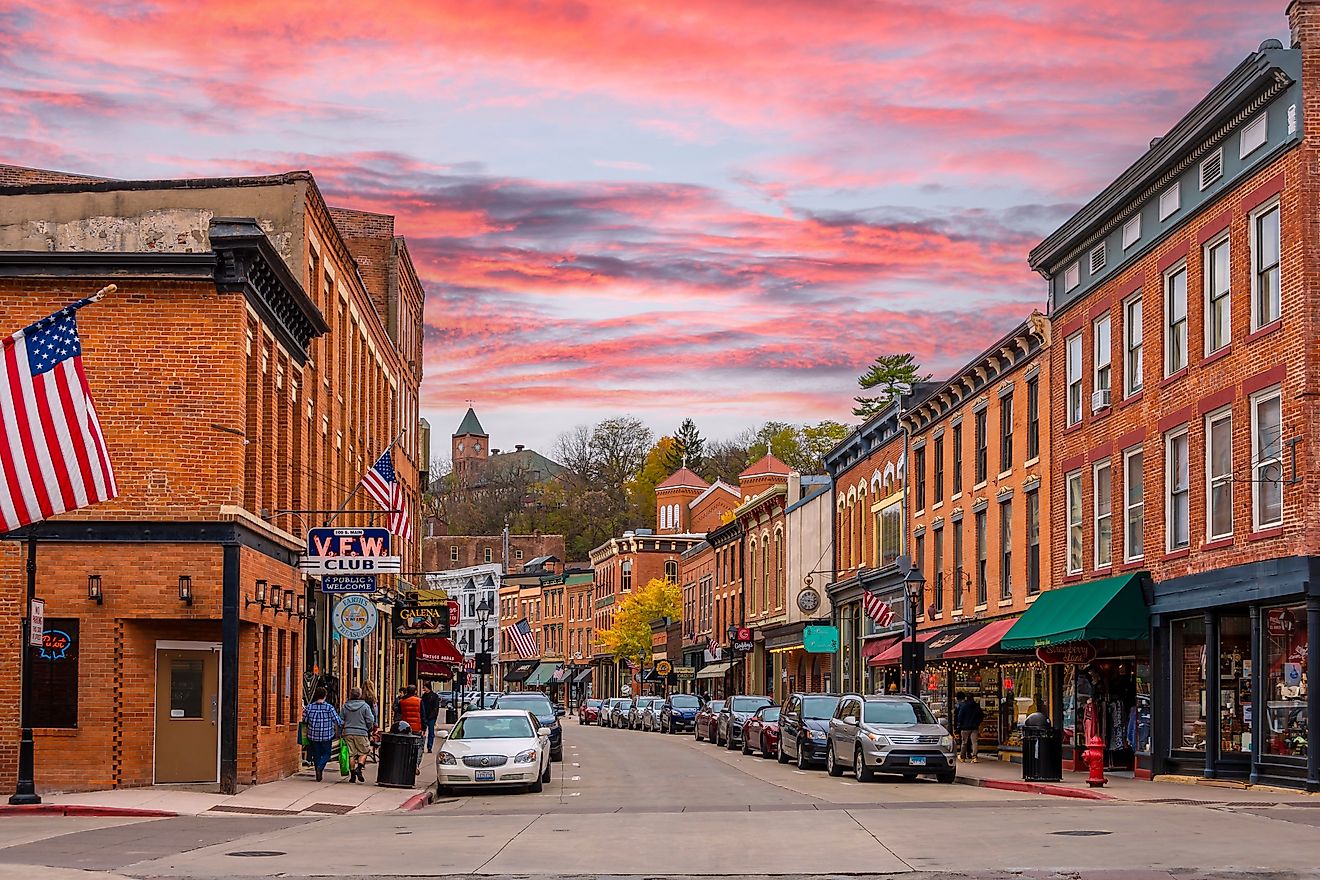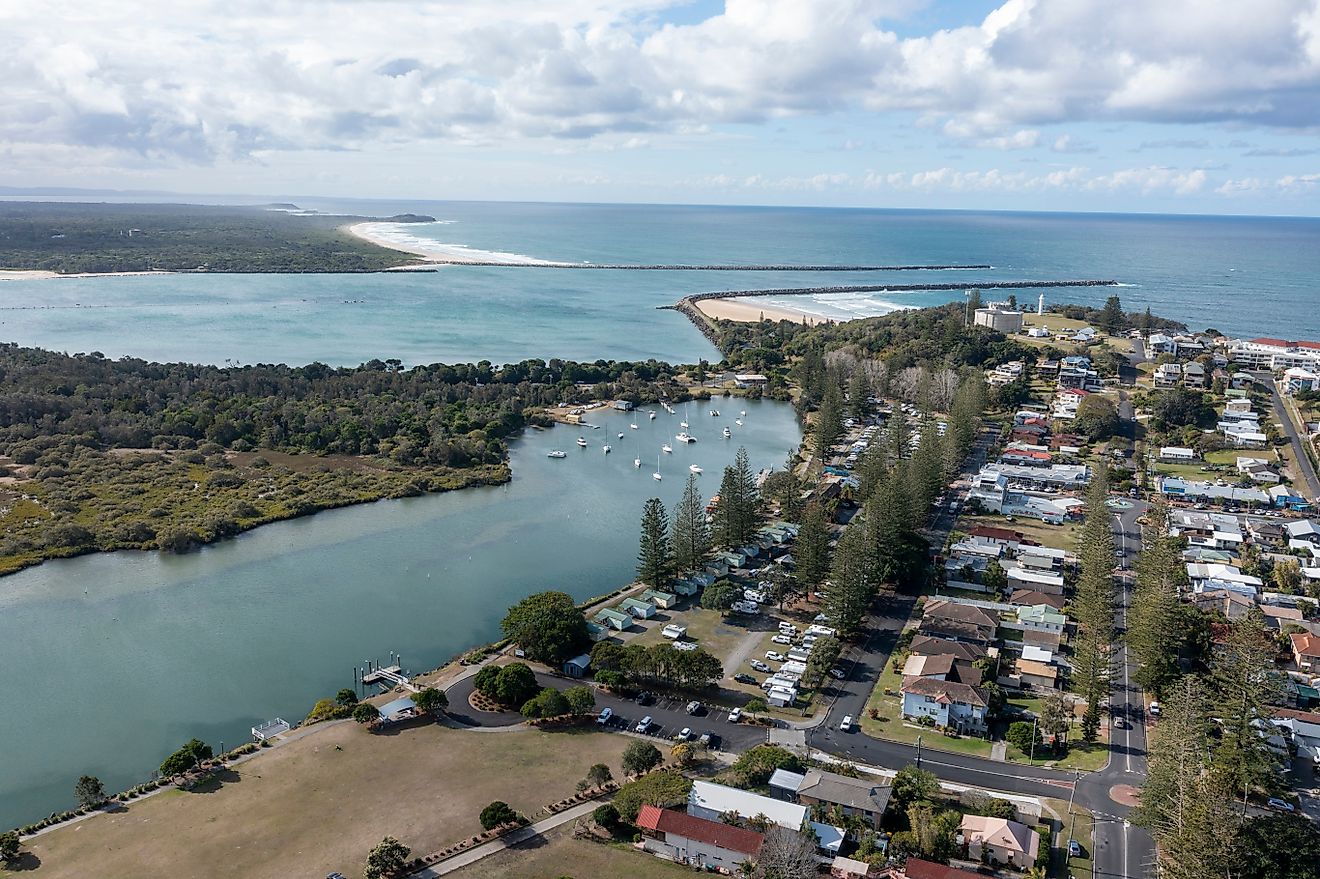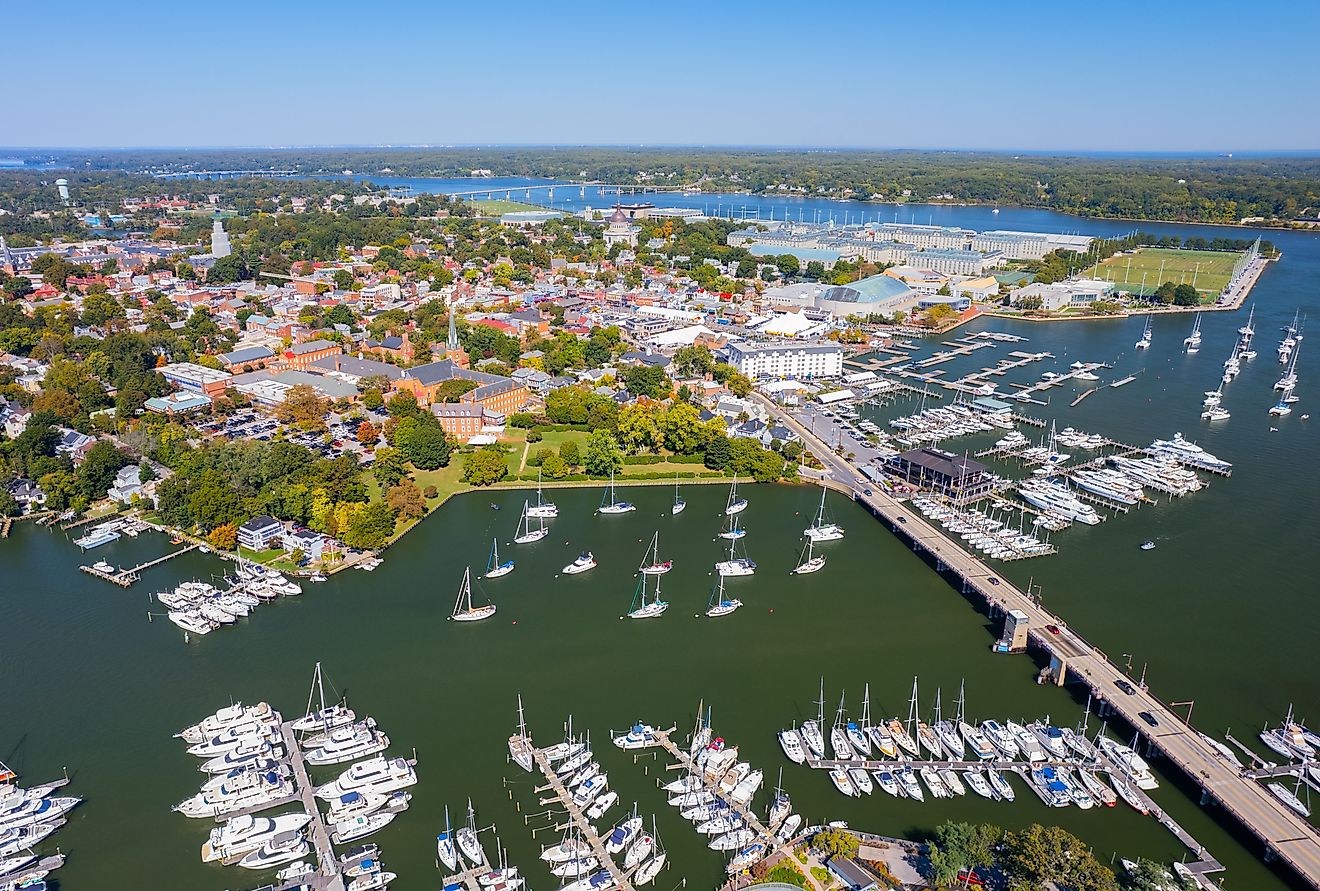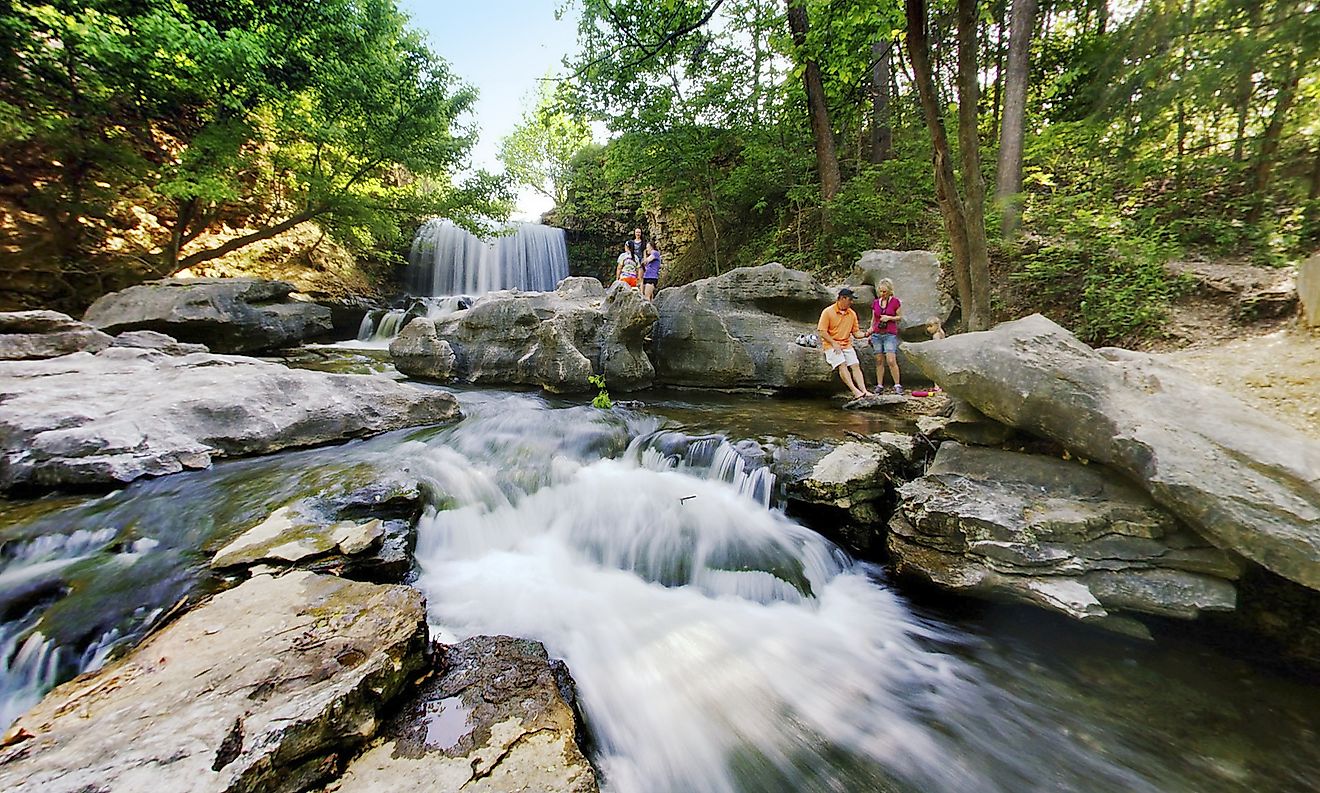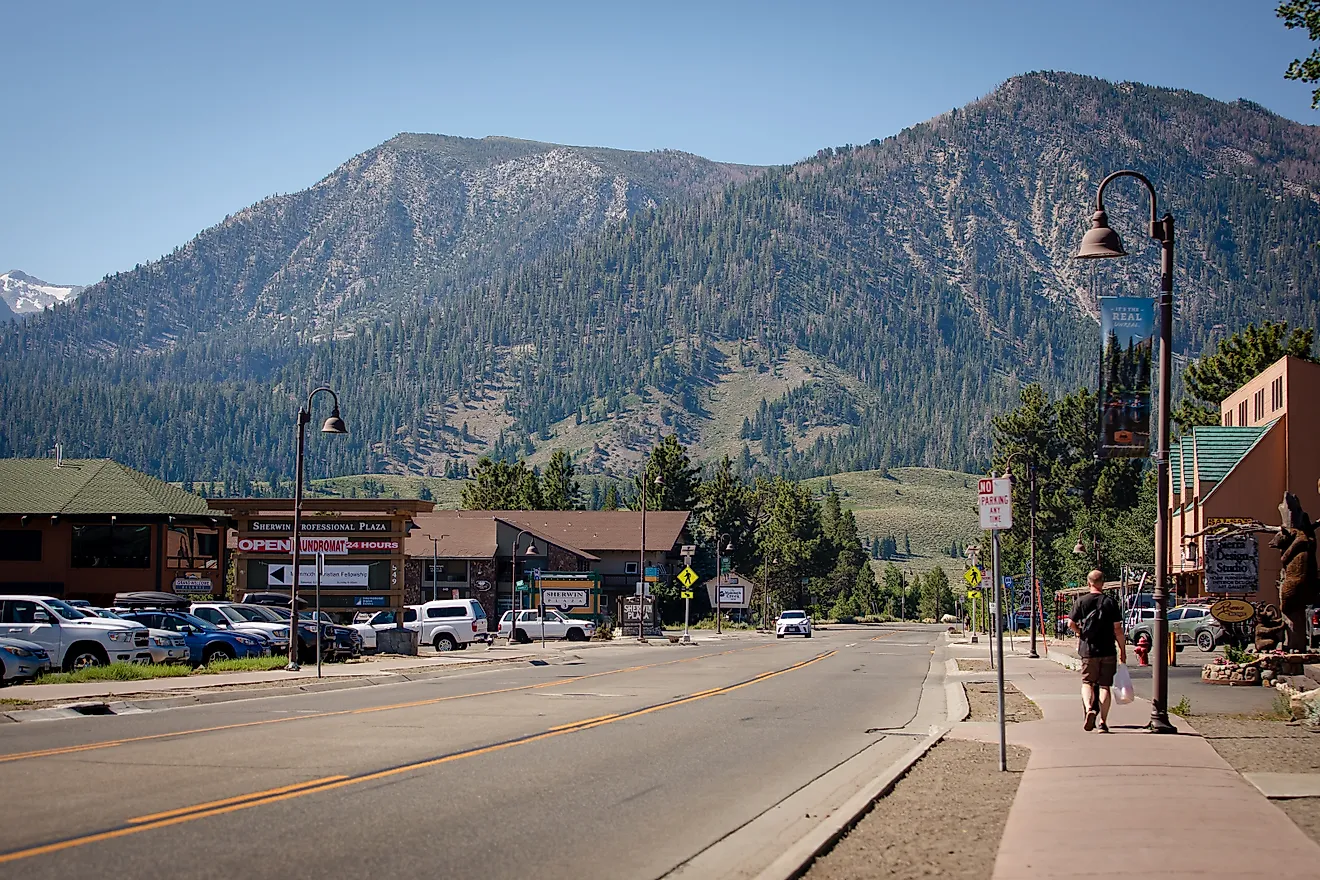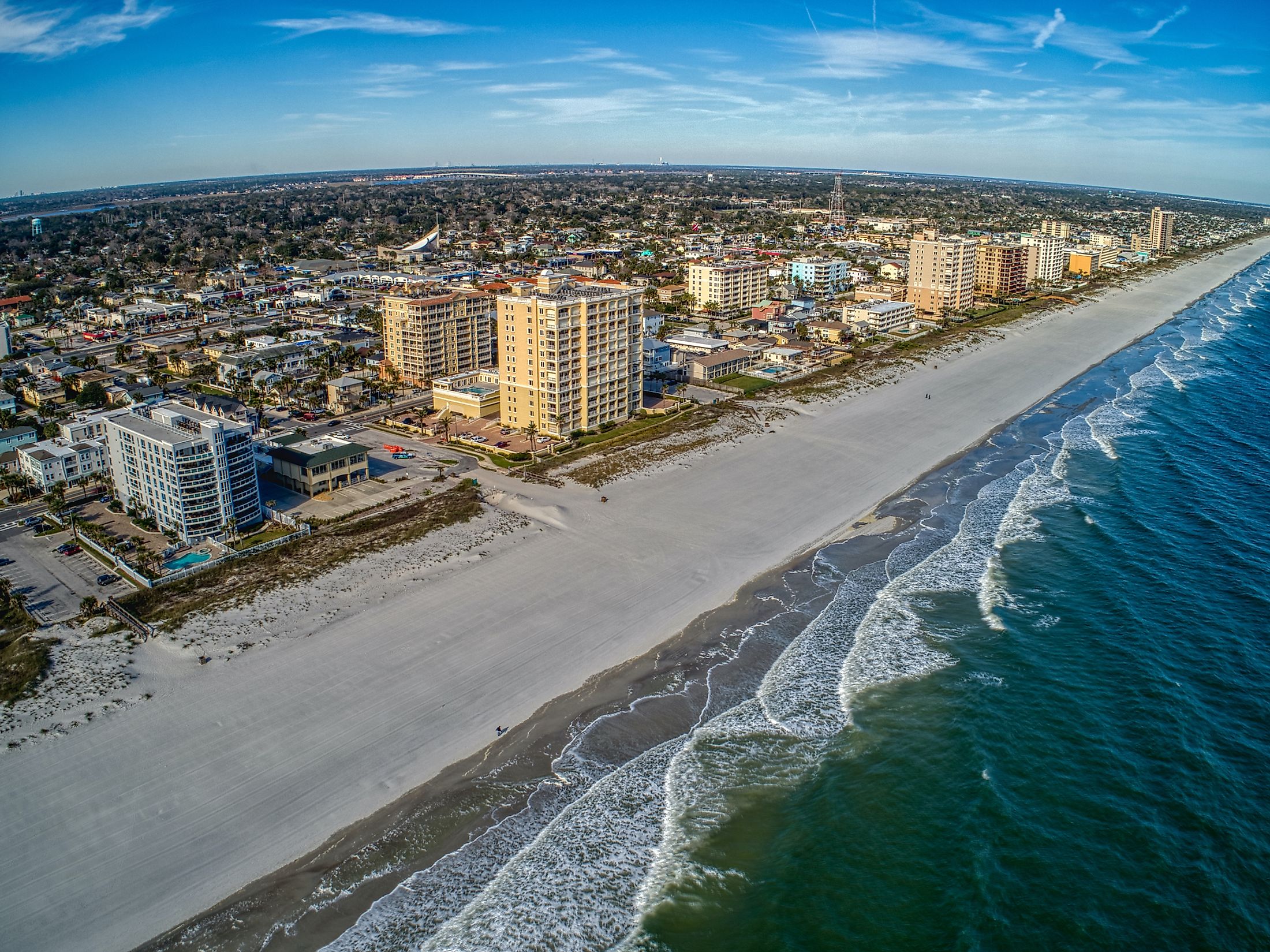
Jacksonville Beach, Florida
Jacksonville Beach is a city in Duval County, Florida, the United States of America. The coastal resort city was incorporated on May 22, 1907, as Pablo Beach and was later renamed Jacksonville Beach in 1925. Today, the city has a population of over 23,000 people and is known for its vast stretch of gorgeous beaches, a famous fishing pier, and boatloads of water activities.
Geography Of Jacksonville Beach
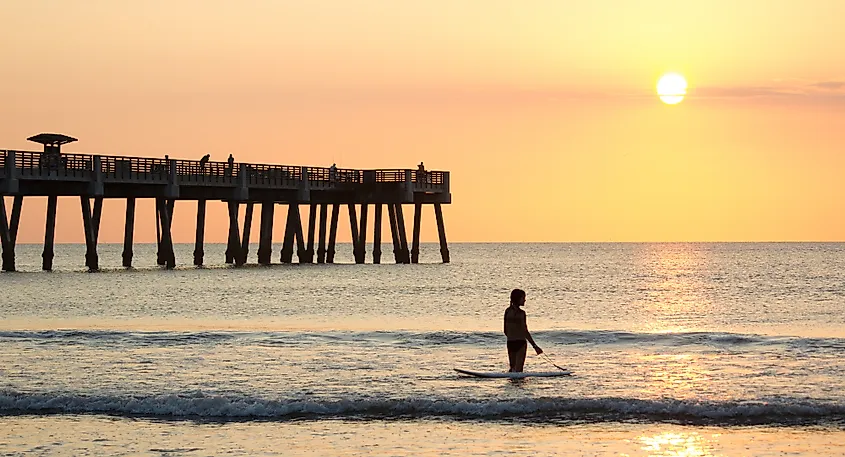
Jacksonville Beach is part of a group of communities referred to as the Jacksonville Beaches. The communities include Atlantic Beach, Mayport, Ponte Vedra Beach, and Neptune Beach. The Jacksonville Beaches are situated on the northern half of an unnamed barrier island in Florida's First Coast. These communities are separated from Jacksonville by the Intercoastal Waterway. The communities are located in Duval and northern St. Johns counties and comprise part of the Jacksonville metropolitan area.
According to the U.S. Census Bureau, Jacksonville Beach has a total area of 56.9 square km, with 19 square km of it is land and 37.9 square km of it is water. The town is the largest among the Jacksonville community.
The Population Of Jacksonville Beach
In 2019, Jacksonville Beach in Florida was home to a population of 23,400 people with a median age of 42. The majority of the city's residents are White, most of whom are considered non-Hispanic, and in 2019, there were 17.4 times more White residents than any other race or ethnicity. The largest ethnic groups in Jacksonville Beach are non-Hispanic White at 87.6% of its population, the Hispanic community at 5.02%, Two or more races at 2.21%, Asian at 1.54%, and Black or African American at 1.17%. All the households in Jacksonville Beach speak English at home as their primary language, and 97.5% of the residents are U.S. citizens.
The Economy Of Jacksonville Beach
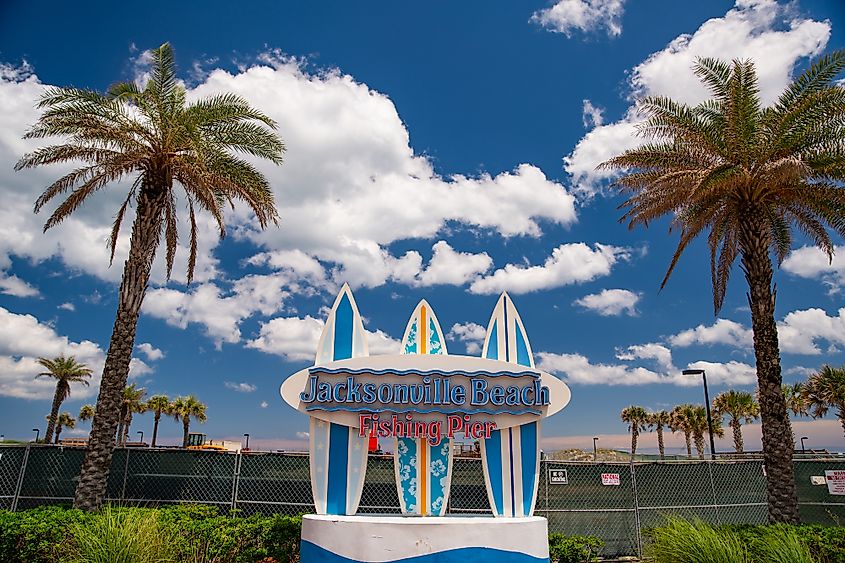
The median household income in Jacksonville Beach in Florida is $91,037. Although the income inequality in Florida is 0.473 (measured using the Gini index), which is lower than the national average, males tend to earn higher than females.
The economy of Jacksonville Beach employs more than half of the city's population in different industries. The largest industries in Jacksonville Beach are Professional, Scientific, & Technical Services, Health Care & Social Assistance, and Finance & Insurance. The highest paying industries are Finance & Insurance, Wholesale Trade, and Transportation & Warehousing.
History Of Jacksonville Beach
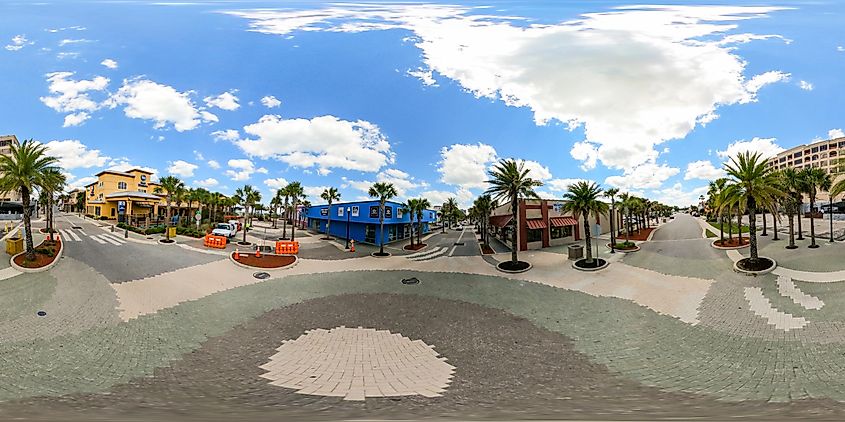
The Spanish were the first to settle in the area around Jacksonville Beach. They established missions from Mayport to St. Augustine and ceded East Florida to the English by treaty in 1763, only to regain control 20 years later. In 1821, the Spanish ceded Florida to the United States.
River pilots and fishers settled in the Jacksonville Beach area as early as 1831, when Mayport, called Hazard back then, was established as a port. The Mayport Lighthouse was built in 1859 and still stands at the Naval Station Mayport. By 1885, Mayport had only 600 residents, a school, and a post office. Steamships visited the town, bringing beach-goers from Jacksonville down the St. Johns River.
A group of enterprising Jacksonville businessmen had plans to develop a summer resort to attract tourists to the Jacksonville area and came up with the idea of a railway to the beaches east of the Jacksonville area. The Jacksonville and Atlantic Railway Company built more than twenty-five kilometers of a narrow-gauge railway from South Jacksonville to the Ruby Beach settlement. It acquired many acres of oceanfront property, which was divided into lots.
In 1884, William E Scull, the surveyor for the railroad, moved with his wife to the area now known as Jacksonville Beach. They lived in one of the tent houses there and ran the first general store from another. The Scull family applied for a post office under the name of Ruby. They ran it from their store, and mail was delivered by boat once a week from Jacksonville.
In 1886, Ruby was renamed Pablo Beach after the San Pablo River to the west, separating the island from the mainland. Once a railway was completed to Pablo Beach in mid-1886, the first resort hotel was built and opened to the public.
The railway company was later stuck in a financial crisis. Millionaire Henry M. Flagler later incorporated it as part of the Florida East Railway System. Pablo Beach was incorporated in May of 1907, but the name was changed to Jacksonville Beach in 1925.
In 1968, the residents of Duval County voted to approve consolidation between the county and Jacksonville city. Jacksonville Beach, along with Atlantic Beach, the Westside community of Baldwin, and Neptune Beach voted to retain their own municipal governments. As a result, they are no longer part of the Jacksonville city but receive county-level services from Jacksonville and vote for Jacksonville's mayor and City Council.
Tourist Attractions In Jacksonville Beach
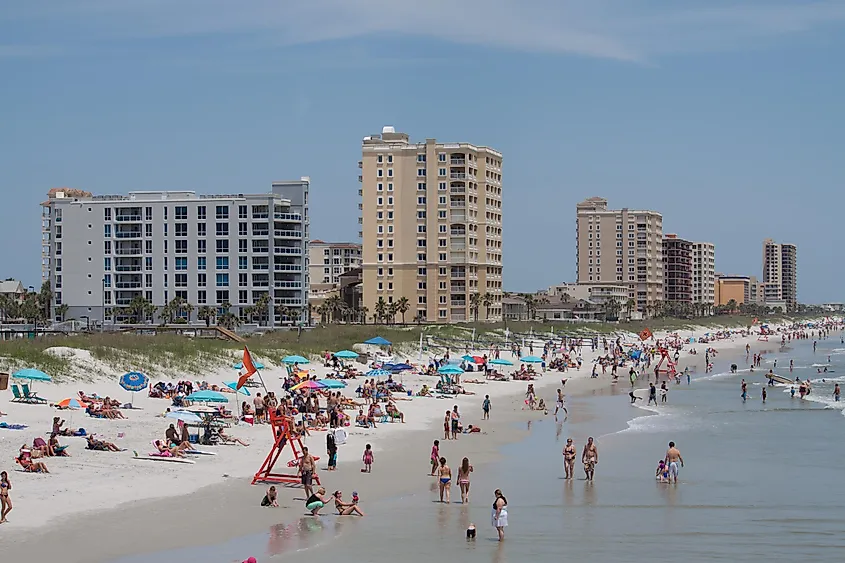
The Fishing Pier in Jacksonville Beach is one of the city's most iconic landmarks. Around half a kilometer in length, it extends from the boardwalk over the sand and into the Atlantic Ocean. People go there to take a relaxing stroll, fish, and enjoy the ocean's view and the city's skyline.
Adventure Landing Jacksonville Beach is a family-oriented park that is one of the most popular attractions for visitors and residents. The park offers many activities for people of all ages, from laser tag to wave pool, miniature golf, and a Mega arcade.
